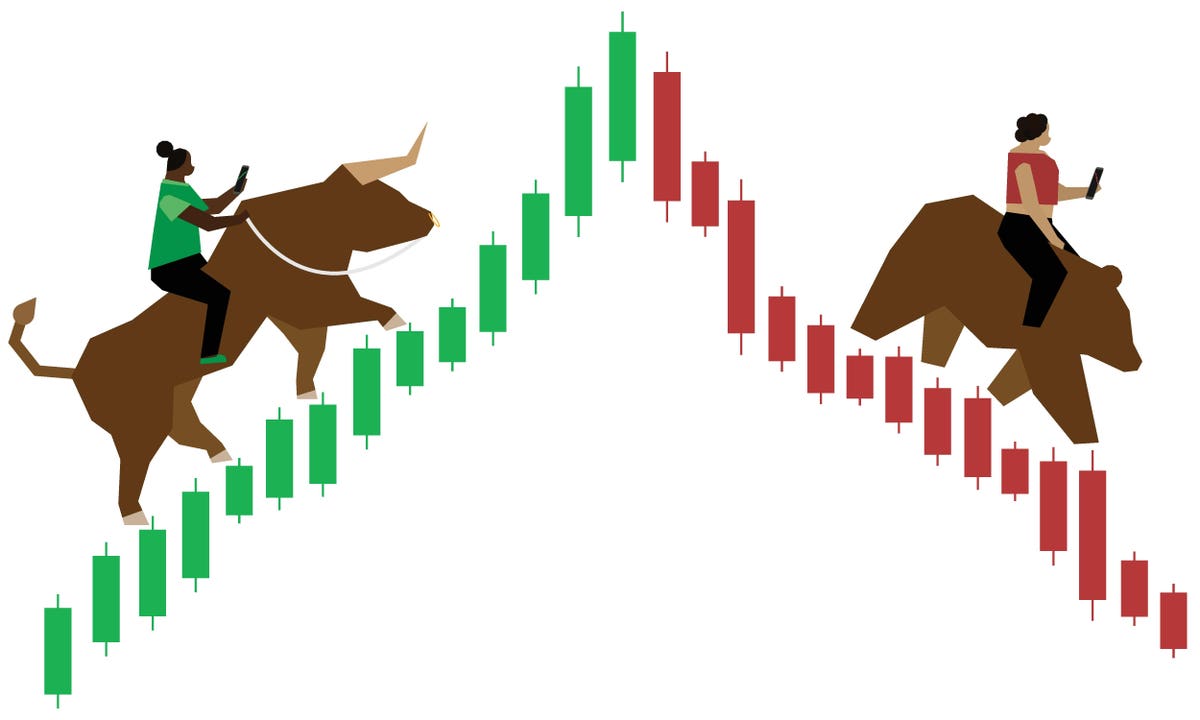After last week’s trading, I do not think too many are complaining about the “quiet summer months” as Barron’s recently commented the stock market was “extra erratic”. Given the economic and earnings reports the swings could have been even worse.
Neither the FOMC meeting nor the following press conference had any surprises as Fed Chair Powell successfully avoided giving any real hints about future policy. Tuesday’s two-year high in Consumer Confidence was consistent with the better-than-expected Durable Goods and GDP Report later in the week. The Michigan Consumer Sentiment was also the highest since 2021.
The widest swings came after the hot GDP report Thursday as quick new rally highs in the stock market were reversed in reaction to the Bank of Japan’s unexpected policy announcement to make its “yield curve control policy” more flexible. With the new high in the 10-Year T-Note yield, many worried that the BOJ was now going to tighten.
The S&P 500 gapped higher Thursday and soared to a new high at 4607.87 before reversing to close at 4537.41 which was below the prior three-day lows. This “key reversal” occurred on heavier volume than the past three days and 2nd highest for the month. It is too early to tell if this has significance right now but on Thursday the Dow Jones Industrial Average ended its stretch of consecutive higher closes.
For the week the economic-sensitive Dow Dows Transportation Average led the way up 2.9% beating out the Nasdaq 100 which was up 2.2%. Last week’s NQ Largest Gauge reveals two new positive signals with Friday’s close.
The S&P 500 was up 1% as was the iShares Russell 2000 while the Dow Industrial Average only gained 0.7%. On the downside, the Dow Jones Utility Average was down 1.7% and is still lower year-to-date (YTD). The SPDR Gold Shares lost 0.2%.
For the week the market internals were positive on the NYSE Composite with 1759 issues advancing and 1314 declining. All of the six advance/decline lines that I follow are positive on both a weekly and daily basis.
The daily lines are trending higher and have been since late June as the S&P 500 continues to lead the others higher as it has already made a new all-time high. It is well above its strongly rising EMA and shows no signs yet of a correction.
In my experience, studying stock market corrections going back to the 1970’s a drop below the WMAs or EMAs would be the first warning sign that the market could be closer to a meaningful correction. This then turns the focus on the next rally and any signs that the MAs are starting to flatten out.
The NYSE Stocks Only and NYSE All A/D lines are also in the trending mode but have not yet overcome the late 2021 highs. Both the daily and weekly EMAs are rising strongly which is a bullish sign.
The bullish action in the A/D lines at the start of the summer I felt made a very strong case for a short squeeze in the S&P futures as one month ago the losses according to the Wall Street Journal were near $120 billion.
The New High/New Low analysis gave strong warning signs as tech stocks were topping in late 2021. Based on the daily analysis the New Highs on the Nasdaq Composite and NYSE have been trending higher since late April and May. The Nasdaq New Highs made a new high with the Composite two weeks ago line a, but last week did make a lower high.
This analysis is not as sensitive as the A/D line and often takes more time to signal a top as was the case in 2021. The current minor divergence in my view is not yet a critical warning but should not be ignored. The trigger for a top is likely to be a sustained move above 200 New Lows for the Nasdaq Composite (line b). These values as well as the NYSE New High and New Lows are tracked regularly.
In 2023, there have been warnings ahead of earnings season. That has also been the case for the current earnings season numbers and has been a frequent argument from bearish strategists. So far the earnings have been acceptable but we will know more in a few weeks. Unless we are in a transition phase, which we are not, I continue to see the negative outlook for earnings as a positive sentiment reading for the stock market.
In the July BofA Survey, 68% of the large money managers now see an economic slowdown, not a recession. The soft landing view was attacked as impossible early in the year and was not the consensus view. In the November 2022 survey, 77% were looking for a recession.
Clearly, the bearish case is a harder sell with the market even further above the consensus closing S&P 500 price at 4078. At the start of July, I wondered When Will The Market Bears Finally Switch Sides. I thought that a move above 4250 or 4300 might be enough. Last week there were some signs of modification from some of the highest-profile bearish market strategists as the S&P 500 crossed 4600.
Most are likely hoping for a correction soon and well before the end of the 3rd quarter so they can adjust their portfolios to look more bullish. I doubt that the market will do much to help them as they may have to wait another month. These dip buyers could be supportive for the market over the near term.
Read the full article here





